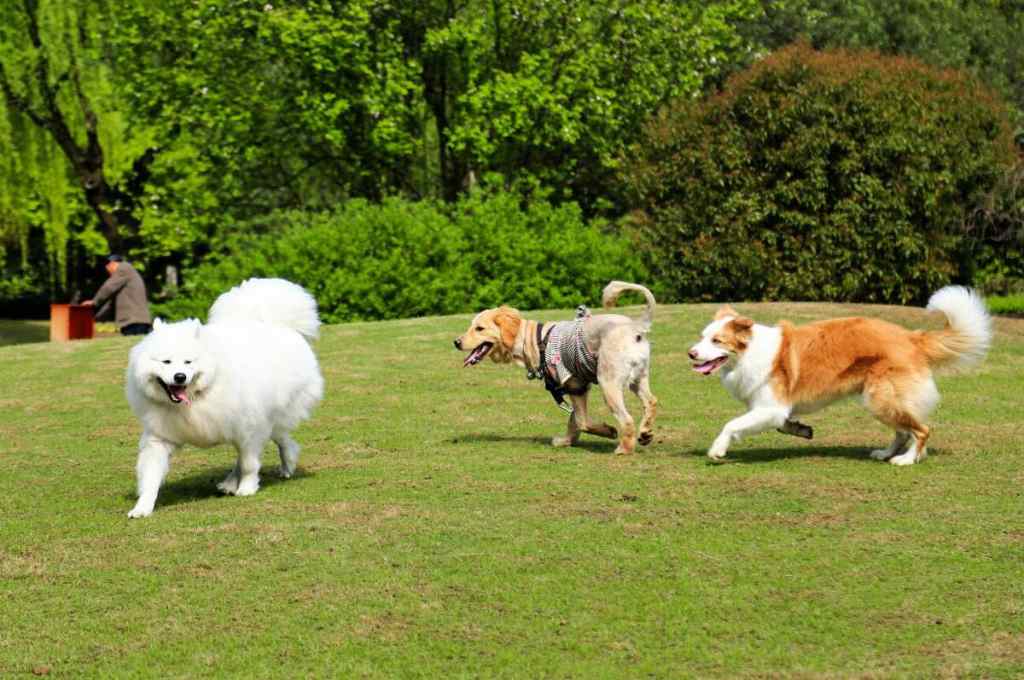 How to raise a dachshund? What does a dachshund eat? What to bathe? How to take good care of it? The following small beans share with you how to raise Dachshunds and precautions.
How to raise a dachshund? What does a dachshund eat? What to bathe? How to take good care of it? The following small beans share with you how to raise Dachshunds and precautions.Dachshund breeding methods and precautions:
Regular exercise should be maintained and should not be fed too much to avoid overweight. The dog’s limbs are short, easy to dirty the body when walking, so the body should be towel wiped off the dirt to keep the coat shiny. Long-haired breeds should pay more attention to the coat grooming, in order to ensure the brilliant color. The Dachshund’s teeth are prone to tartar and should be removed regularly. The dog has a very long spine and should not be trained to jump, let alone hold the forelimbs only to pull it up or let it go up and down the high-rise staircase, so as to avoid displacement of the spine or the occurrence of other diseases.
Raising a young, long-haired Dachshund takes more time and effort, as an 8-week-old puppy needs to be fed four times a day, so someone must care for it. Adult Dachshunds require even more care. They need to be walked twice a day for at least 20 minutes at a time, regardless of the weather. They need training, medical care, grooming and countless loving touches. They should never be confined to the house all day. So if the owner works all day, it is important to find a responsible person to take care of it.
The Longhaired Dachshund especially enjoys human companionship. Despite its outward appearance of great charm, it does not need or want more pampering and is stronger than it appears.
Long-haired Dachshunds are one of the most charismatic types and require more care than other types, requiring 2-3 cleanings per week. But this cleaning is not so inviting, you just need to schedule a regular cleaning time and clean it carefully as usual.
If you choose a long-haired Dachshund, grooming should be considered a pleasure. A long-haired Dachshund needs to be brushed 3 times a week to avoid frizz and tangles. Most of its coat needs to be brushed with a stiff bristle brush, while areas of sparse hair can be treated with a comb (such as the ears and feet). The hair under the armpits, elbows, belly area and behind the ears is most prone to frizzing, so don’t neglect these areas when brushing.
After brushing the hair, you can use scissors to treat the dog’s body a little more neatly. The hair between the toes can be cut shorter and the excess hair around the feet can be trimmed again to make the feet well-defined.
deworming
There is no rule for deworming drugs and time, the most commonly used drug is levamisole, which is usually dewormed once after 20 days of puppy’s birth, then for three days in a row in 30-35 days, and then once again before 60 days. At present, the United Kingdom, the Netherlands and Hong Kong often adopt the following deworming protocol: the first deworming is carried out 2 weeks after birth, and deworming is carried out every 2 weeks from 2 to 8 weeks of age; deworming is carried out once a month from 2 to 6 months of age; deworming is carried out once every three months after 6 months of age. For dogs at 6 months of age who are not sure whether to be dewormed or not, the deworming should generally be repeated after the first deworming, and then every three months thereafter.
Adult dogs every three months deworming, depending on the situation can be appropriate to lengthen the interval, deworming roundworms, such as levamisole, deworming tapeworms to use arsenic quinolone, trichomoniasis with metronidazole, different parasites should be used to choose different deworming medication, in general, if the parasites are more, the feces from the dog can be seen in the type of certain parasites, but trichomoniasis, coccidia need to be determined by microscope laboratory, so deworming must be The right medication should be given to the right person.
vaccinations
Immunization of puppies is critical and is usually done at 28 days of age with a puppy diphtheria or at 45-60 days of age with the first multiplex vaccination, followed by the second and third multiplex vaccination every 25-30 days thereafter. The other way is to do the first multiplex vaccination on the 50th-60th day of life, the second multiplex vaccination on the 80th-90th day, and the third multiplex vaccination at the sixth month. Vaccination should not be done too early, otherwise it will interfere with the immunity of the mother that the puppy carries (except for the Duplex for puppies), and two vaccinations at an interval of less than 15 days will cause the puppy to accumulate too many viruses in the body and lead to serious consequences. Adult dogs should be immunized once a year, or once every six months for kennels with high breeding density.

